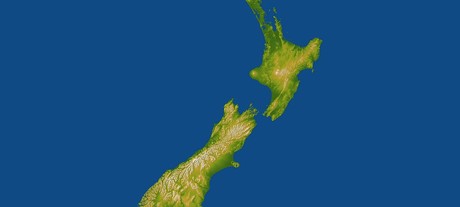NZ's digital divide widening

The New Zealand Government has pledged to develop a nationwide framework on digital inclusion in response to a report finding that the nation’s digital divide is widening.
The report was released by Communications Minister Clare Curran, who said the previous government had sat on the report for several months until after the election because it exposed a widening divide.
“Families on low incomes, seniors and people living outside urban areas are becoming increasingly disenfranchised by lack of access, the inability to afford the internet or a lack of skills or motivation to be digitally capable,” she said.
The government will develop a nationwide policy framework on digital inclusion in New Zealand with input from digitally disadvantaged groups, she said.
An advisory group will be established to guide the development of the government’s digital inclusion blueprint.
“The group will help us explore the complex but fundamental issues of how we can reduce the gap between the digital ‘haves’ and ‘have nots’ and will help determine what skills Kiwis need to be ready for the jobs of the future,” she said.
Meanwhile, the nation’s Commerce Commission has released its final decision on the amount each of the nation’s 16 telecommunications providers will pay towards the government’s NZ$50 million ($45.4 million) Telecommunications Development Levy (TDL), which seeks to improve digital inclusion by funding communications services that are not commercially viable.
The TDL is used to pay for services including telephone relay services for the deaf, hearing and speech impaired, broadband for rural areas, improvements to the 111 emergency service and improving coverage in mobile blackspots.
Major operators Spark, Vodafone NZ, Chorus and 2degrees Mobile will together pay more than 90% of the levy. Only providers earning more than NZ$10 million a year from operating a telecoms network are required to pay into the scheme.
The government has separately put on hold a draft digital convergence Bill produced by the previous government due to concerns that the Bill was crafted with inadequate consultation and is not fit for purpose.
The proposed legislation would seek to bring on-demand online content under the banner of the current classification and broadcasting standards regime.
“It appears that a meaningful digital convergence legislative and regulatory regime was never taken seriously by the previous government,” Curran said.
“The inconsistencies have not been properly addressed between the classification regimes for traditional broadcast content and online content through on-demand sites...It’s essential to achieve consistency and certainty for the public on classification and standards, and ensure fairness across the sector so I’ll be consulting with stakeholders to reach greater agreement on the Bill.”
Making sure your conversational AI measures up
Measuring the quality of an AI bot and improving on it incrementally is key to helping businesses...
Digital experience is the new boardroom metric
Business leaders are demanding total IT-business alignment as digital experience becomes a key...
Data quality is the key to generative AI success
The success of generative AI projects is strongly dependent on the quality of the data the models...







